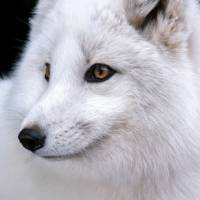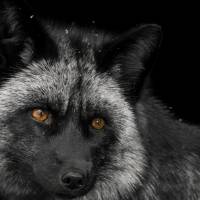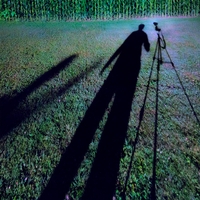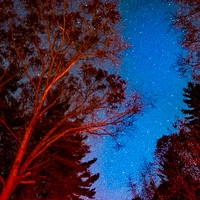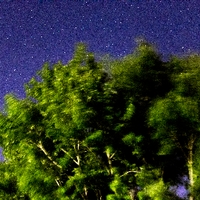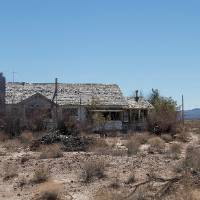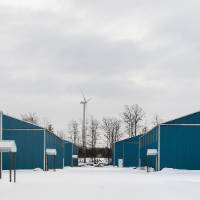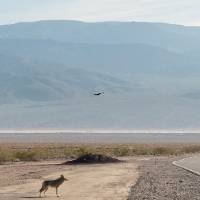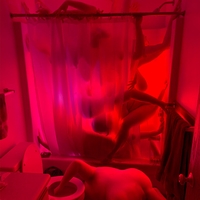Due to forecasted weather conditions, the university has implemented REMOTE STATUS on Friday, December 19, 2025. Students, faculty, staff, see email for more information.
Photography - Student Portfolios
Olivia Thibeault (8 Photos)
Thesis Winter 2018: People adopt exotic pets not realizing that these animals belong in the wild and do not adapt well to indoor life. When owners can no longer handle these animals they abandon them. These animals were photographed at a shelter in a way to give them dignity and the ability to be seen as individuals rather than commodities.
Nicole Chiaravalli, W15 (6 Photos)
Austin Sullivan, W 18 (8 Photos)
Erin Williams, Fall 2015 (7 Photos)
Kasey Reno, Fall 2017 (8 Photos)
I watched a documentary series on Netflix called The Kindness Diaries. A man by the name, Leon traveled around the world relying only on the kindness of others. Watching this documentary had a huge impact on me. He came across many people with all different kinds of stories and learned about the hardships that they were facing. I immediately felt moved to pay attention to my surroundings… A man on the street was no longer just a homeless man. I asked myself, “Who was this man before he got to be where he is today? What is his name? Does he have a family? What happened?”
With my Thesis on the mind this summer I thought, how can I give back, and make a difference, even if it is just to one person? And that is how my project began to take form.
Ashley Kathey, Winter 2015 (8 Photos)
It has been said that all photographs remind us of death as they momentarily halt time's relentless march to our inevitable demises. These images of mink bones also address the aesthetics of death and photography and call into question cultural practices surrounding the end of life.
Olivia Nevius, Fall 2013 (8 Photos)
These photographs of paper cut outs suggest fantasy worlds and call our attention to photography's ability to render illusion into reality. Where once photography was a mirror with a memory, these images are creations of new realities or the simulacrum.
Jordan Clark, Winter 2017 (6 Photos)
Approaching Landscapes fits well into contemporary trends. One of the most talked about global issues today is climate change and the human impact on the Earth. This series focuses on just these topics. The American culture says to consume to your hearts content. The amount in which Americans consume is greater than any other people in the world; 23 times more than people in India, just as an example. The people in this country like their stuff, and they like to add to their collection of stuff. This cycle means that people will eventually need more room for all of their stuff, resulting in bigger homes. This demand for bigger homes and more stuff, means more resources are needed to fulfill these needs. The more demand, the larger the factories, mines, and power plants get. This all means more pollution in the water, air, and soil. This cycle is not sustainable and if it is not stopped soon, no one will win. Approaching Landscapes focuses on only one part of this large issue, development, however it still tells a story that needs to be told.
Margaret Shaw, Winter 2018 (8 Photos)
Three years ago I was introduced to the work of Gregory Crewdson. I quickly grew an obsession with his work, and he naturally became my greatest inspiration for Magnolia Avenue. I knew I had been desiring to create images like his in the sense that they told an eerie narrative. I admired how he combined the process of filmmaking and photography to create a single still. The images are windows into a rich, mysterious story. This was the basis for my entire thesis project. As a double major in film/video and photography, it was imperative that I could combine my education and skill set from both in order to create the pinnacle of my academic work.


